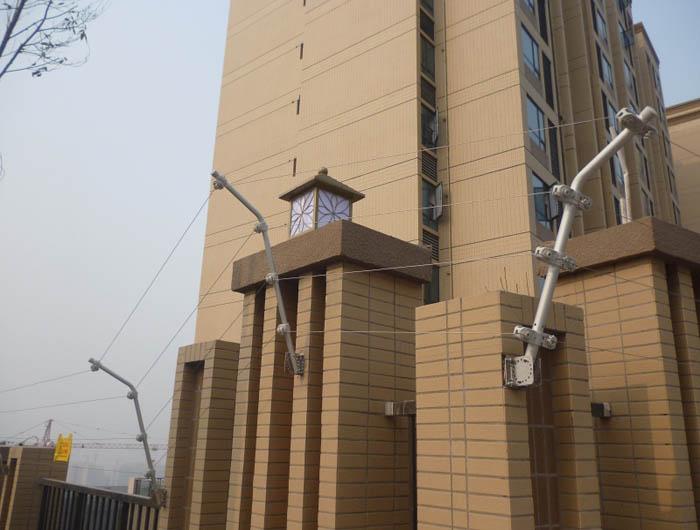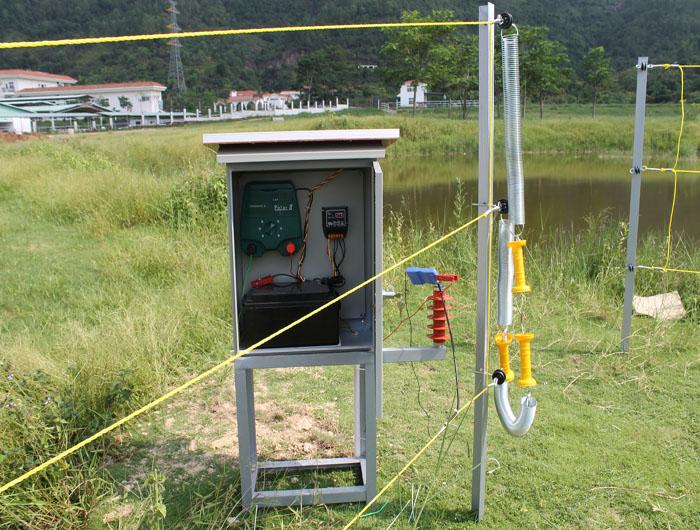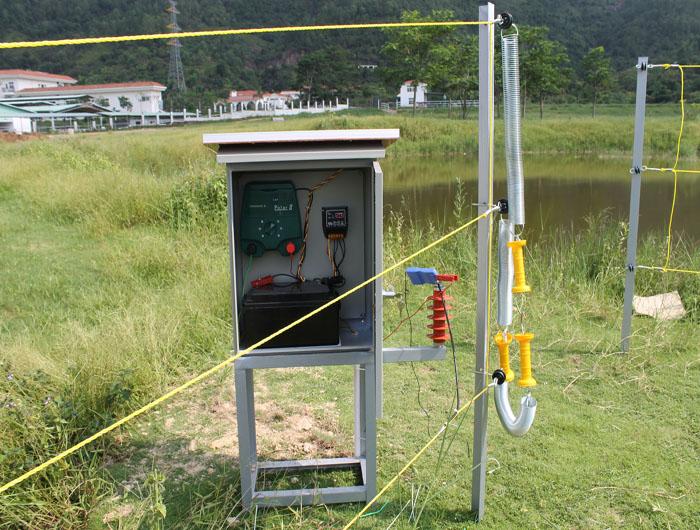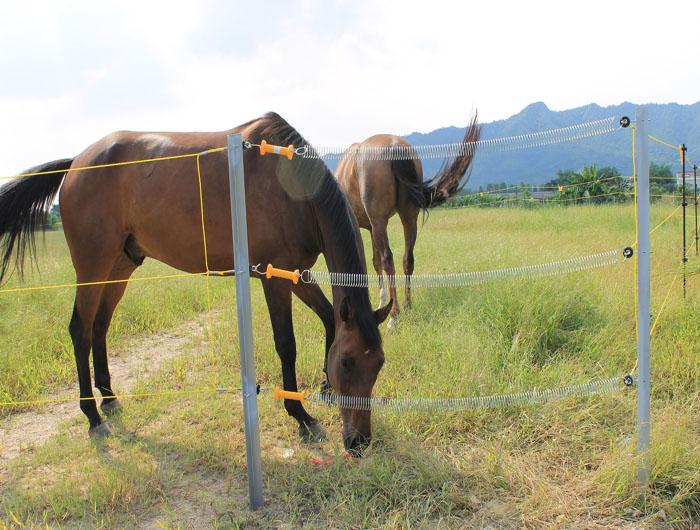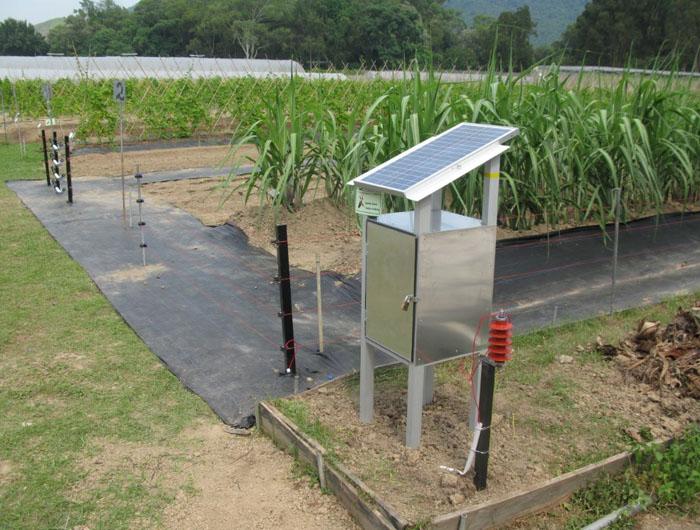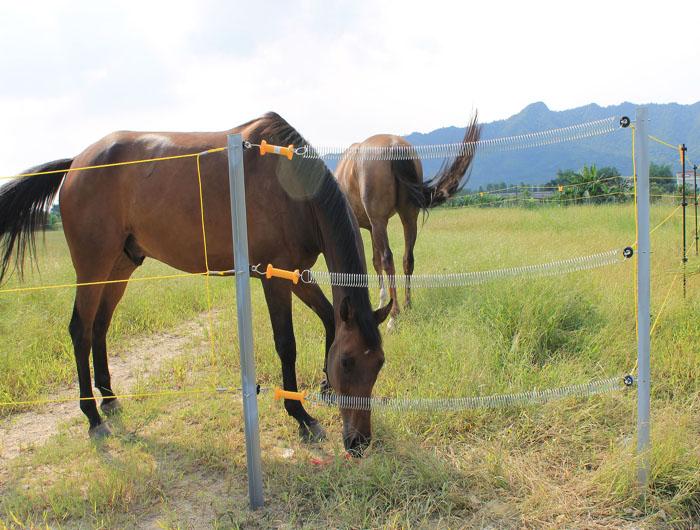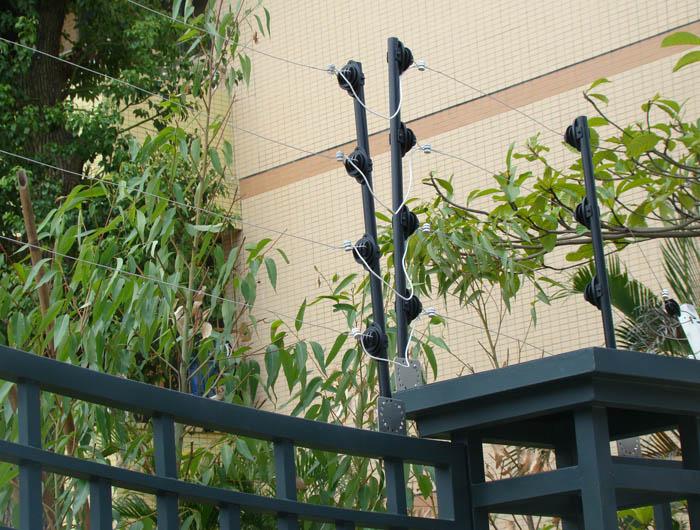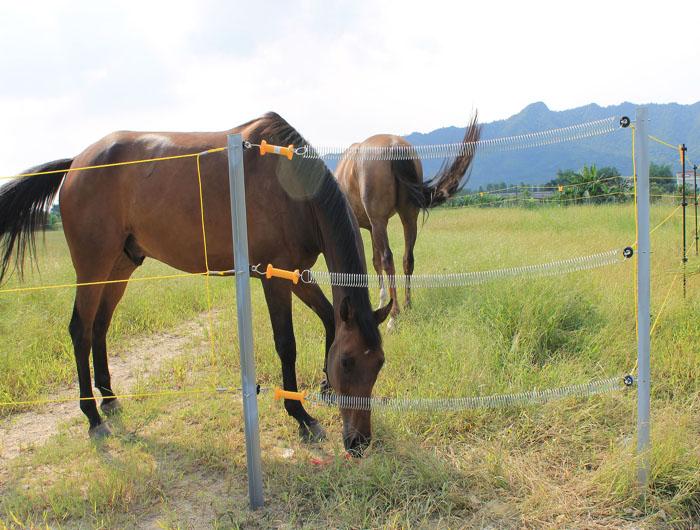Electric fence is a valuable
tool for many farmers, ranchers, and homeowners looking to contain their
animals or protect their property. However, improper use and maintenance of
electric fences can result in serious injury or even death for both humans and
animals. Therefore, properly installing and maintaining your electric fence
system is essential to avoid dangerous and potentially deadly mistakes. This
article will cover common electric fencing fails to avoid, such as neglecting
grounding, using the wrong charger, insufficient maintenance, inadequate fence
construction, and more.
Poor earth grounding
Many
people advise that adequate earth grounding is not always necessary. However,
it is essential to install at least three ground rods—galvanized or copper—and
attach them with high-quality ground clamps. The electric line should do a full
circle and reach the charger through the ground. Inappropriate grounding can
give you weak electric shocks.
Using
the wrong charger
Using the wrong charger
for your electric fence can result in serious problems. A charger that is too
weak may not deliver an effective shock to deter potential intruders, while a
charger that is too strong can harm animals and even humans. The charger should
be selected based on the length of the fence, the number of wires used, and the
type of animals being contained. For example, a charger for a small paddock
will not be sufficient for a larger pasture. Choosing the correct charger is
essential for your electric fence system's effective and safe operation.
Inadequate animal training
Train
your pets to understand that the electric fence can hurt them. Instead of
forcing them to touch the fence, you can feed them under the fence so that they
can touch it on their own. Depending on the animal, you can attach a piece of
bait to the fence. The animal will not relate the pain directly to the food,
but to the fence, and will learn to stay away from it.
Installing
in-line strainers close together. Wires will
flip together once in a while. If in-line strainers are installed one above the
other, they will sometimes hook up. Separate in-line strainers by a fencepost
and they will never catch on each other.
Not
Using Enough or the Correct Type of Posts
Using the correct
number and type of fence posts is essential for the stability and effectiveness
of an electric fence system. The posts support the wires and prevent them from
sagging or breaking, which can render the fence ineffective. Not using enough
fence posts can lead to a fence that sags or falls over, allowing animals to
escape or intrude. Additionally, the type of post used can impact the fence's
effectiveness. Wooden posts are commonly used but can rot over time, while
metal posts can rust and conduct electricity, posing a safety risk.
No
voltmeter. Without a voltage meter to check how hot a
fence is, you're just guessing.
It is important to read and follow the
manufacturer's instructions for installing and protecting the charger to ensure
that the electric fence system operates safely and effectively.
“it is easier to fight for principles than to live up to them.”
— a. e. stevenson


